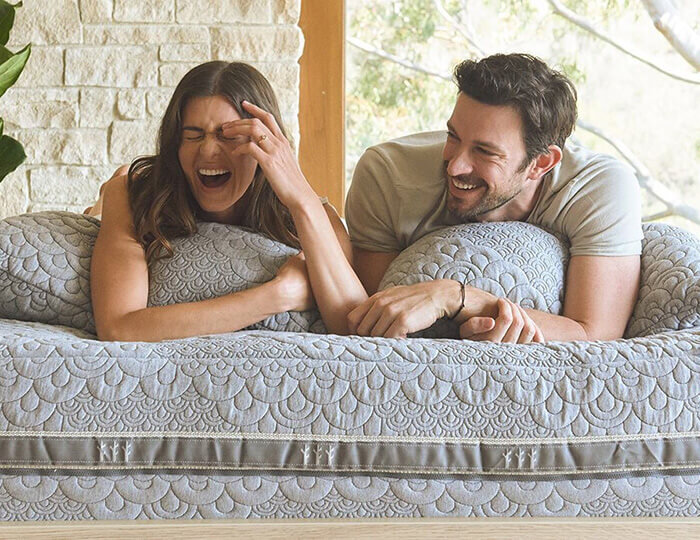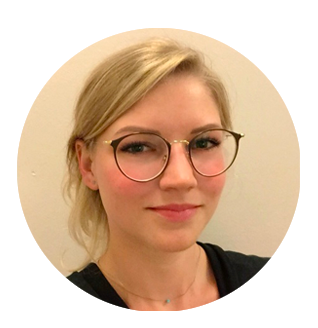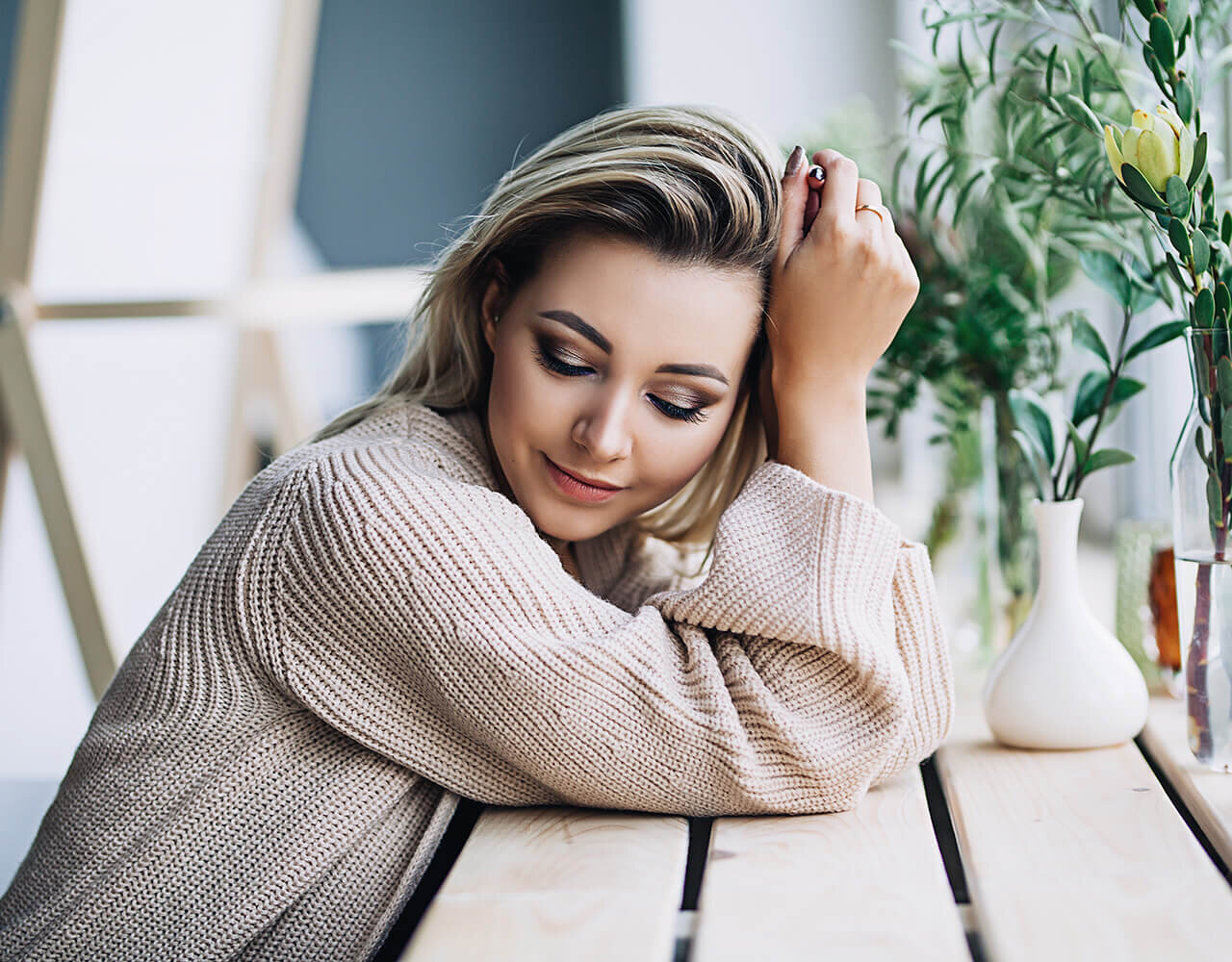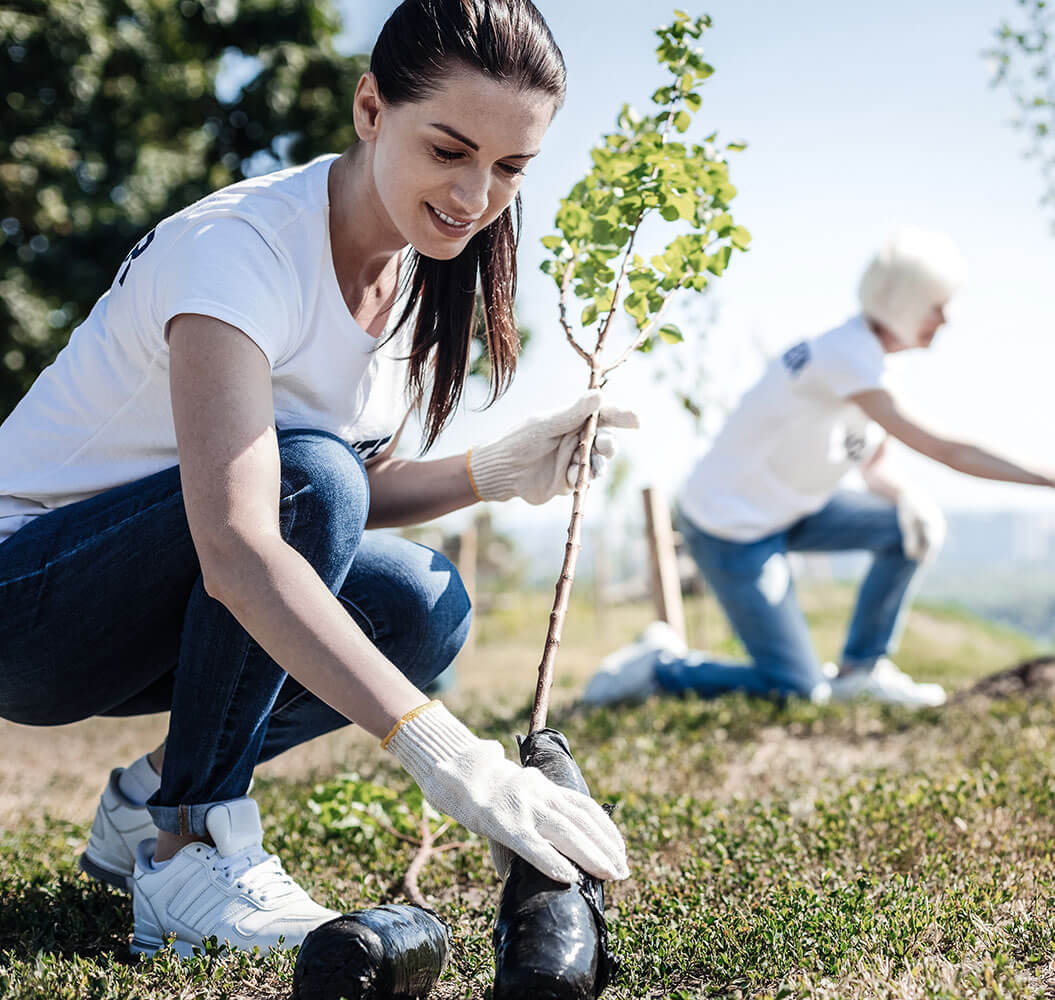Improving Your Sleep Habits By Knowing Your Pressure Points
If you’re having issues falling and staying asleep at night, you’re not the only one. Around 30 percent of Americans suffer from insomnia every year. While many turn to sleeping pills to help them get some shut-eye, pills are temporary solutions as it can disrupt your normal sleep cycle. Even more natural remedies such as taking melatonin or drinking chamomile tea can eventually lose effectiveness over time as your body acclimates to it.
If you’re having problems falling asleep, one of the best things you can do is improve your sleep habits. That means:
Going to bed and waking up at the same time, even on the weekends
Remove all electronic devices from your bedroom (TV, computer, smartphones, etc.)
Avoid large meals, caffeine, and alcohol before bed
Make sure your room is dark, quiet, and at a comfortable temperature
Exercise during the day to help improve sleep. Don’t exercise too close to bedtime
Set up a nighttime routine. This might be something as simple as taking a shower before going to bed
Improving your sleep habits can help you gradually get back into a better sleep schedule, but if you need a way to fall asleep quickly without the aid of sleeping pills then the next best bet is via acupressure. Unlike acupuncture, acupressure does not require any needles. Instead, as the name suggests, it’s all about applying pressure to specific areas on your body. While you can stimulate pressure points on your own, if you’ve never done it before, you should go to a professional. If you’re interested in eventually learning it on your own, you should learn the five pressure points.
Acupressure has been used in China for thousands of years and uses the same principles as acupuncture in that it promotes relaxation and wellness. Like acupuncture, acupressure separates the body into meridians, which are channels in your body that carry chi. These lines start at your fingertips and extend throughout your body connecting your brain and organs together. It’s believed by practitioners that when these meridians are blocked it can cause many health issues including insomnia.
The question that many people have before jumping into acupressure is - does it work? The idea of meridians and chi might sound like woo science. However, when viewed from the lens of modern medicine, research has shown that the majority of acupressure points contain a vascular nerve bundle - a combination of nerves, arteries, veins, and lymphatics. Applying pressure to these points can help relax surrounding muscles and release endorphins to help alleviate pain.
Spirit Gate
The spirit gate is located at the crease on your outer wrist below your pinkie finger. This point is thought to help relax your spirit and mind. When searching for the location you will feel a small, hollow space. This is where you want to gently apply pressure in a circular motion. Continue doing this for around two to three minutes and then repeat on the opposite side.
Studies have suggested that this area does actually help relieve insomnia. Not only did it help people to fall asleep faster, but it also improved the quality of sleep. With that said, it’s important to note that the study had a fairly small sample size. Still, many people have reported improved sleep after applying pressure to this region.
Three Yin Intersection
Sleep Pressure Point: Three Yin Intersection
Also called Point SP6 or San Yin Jiao, this point is located at the highest point of the ankle on the inside of the leg. When finding the spot, start at the top of your ankle and then measure four finger-widths up the leg. The point is located right behind the bone above the ankle. You’ll want to apply deep pressure to the point and then massage with a circular motion for 4-5 seconds.
Does it work? A study among cancer patients found that stimulating this particular pressure point help improve sleep and overall quality of life compared to those in the control group. In addition to helping with insomnia, this point also can help with menstrual cramps, urinary issues, and some pelvic problems. With that said, if you’re pregnant, do not use this point as it can potentially induce labor.
Bubbling Spring
If you’re ticklish, this pressure point might be hard to perform as it’s located at the sole of your foot. When looking for the location, take a good look at your foot and find the depression located in the middle of your foot when you curl your toes. It might a little bit of time to find, especially if you’re not used to looking at your feet.
In order to get the full benefit of this acupressure point, you need to lie on your back and bend your knees enough so your hands can reach your feet. From there, take on foot and curl your toes. Find the small depression in the sole of your foot and apply firm pressure for a few minutes. Make sure to apply a circular motion. After that, switch feet and repeat on the opposite foot.
Inner Frontier Gate
Not to be confused with the spirit gate, this pressure point is located below your wrist on your inner forearm. In order to find it, turn your hands over with your palms facing up. With your index finger and count three finger widths down from your wrist. You’ll feel a space between two tendons.
Apply steady downward pressure on this location and massage in a circular motion for four to five seconds. In addition to helping out with insomnia, this pressure point can also help soothe nausea, stomach pain, and headaches. So if a headache is preventing you from going to sleep, stimulating this pressure point could solve two problems at the same time.
Wind Pool
Unlike the other pressure points, the wind pool is actually two points located on the back of your neck. You can find it by feeling for the mastoid bone behind your ears and then following that to where you feel the neck muscles attach to your skull. It’s essentially located between your ear and spine and right between where two muscles come together.
You want to massage both spots at the same time with your thumbs. The easiest way to do this is by clasping your hands together and gently placing it behind your head. Then with your thumbs apply deep pressure and massage the area for four to five seconds. Make sure to take deep breaths while massaging. In addition to helping with insomnia, this point also is thought to relieve pain in eyes, ears, throat, and headaches in addition to generally calming down your mind and body for better sleep on your organic mattress.
Get Better Sleep Quality By Understanding Your Personal Pressure Points
The big question of course is, does acupressure work? There have been several studies that have shown positive correlations between stimulating these pressure points and improved sleep quality. With that said, for the most part, sample sizes in all of these studies have been relatively small making it hard to draw conclusive evidence. A recent study with over 100 participants found that acupressure worked better than traditional sleep medication after a month of treatment. Still, despite its existence for thousands of years, there still hasn’t been enough scientific studies into acupressure or acupuncture to see whether it’s actually beneficial.
At the same time, none of these studies found any negative effects from using these pressure points when it comes to sleep. If you’re struggling with insomnia and you’ve tried everything else and it hasn’t worked, using these pressure points might help. In addition to the six listed above, there are other pressure points that are also noted to help with insomnia such as:
Taixi - this pressure point is located just above the heel on the inside of your foot. Some research has found that this point has helped middle-aged and older participants with both sleep quality and hypertension. In addition, this location seems more effective than traditional wellness and interventions, at least among this age group.
Yin Tang - located in the center of your eyebrows just above the bridge of your nose. This pressure point not only helps relieve insomnia but can also help with fear, agitation, and restlessness.
Tai Chong - finding this spot is relatively simple as it is located where the skin of the big toe and the next toe connect. Pressure applied here should be firm and deep for around 3 minutes for best results.
An Mian - not to be confused with the wind pool, this location is just behind each earlobe, just behind the bony protrusion. You don’t need to apply a lot of pressure for this spot as it could lead to adverse reactions. In addition to treating insomnia, practitioners also have used this spot to treat anxiety, vertigo, and headaches.
While these pressure points are meant to help relax your body and help relieve insomnia, it’s also a great idea to incorporate them into your sleep routine. After taking a relaxing shower or bath, take 10-15 minutes to hit all of these pressure points to ensure a good night’s sleep. Not only will it help relax your mind and body by itself, when repeated before bed, but it can also signal to your brain that it is time to go to sleep.
Remember, sleep is important not only for your mental health but your physical health as well. Lack of sleep can lead to standard issues such as fatigue, memory issues, lack of concentration. However, it can have more serious side effects such as a weakened immune system, high blood pressure, increased risk of heart disease, and increased risk of diabetes.
While these pressure points and following a bedtime routine can help, you should consult a doctor if you experience insomnia for more than a few weeks. It might be that you have an underlying health issue or, if you’re waking suddenly in the middle of the night short of breath, it could mean you have sleep apnea. It’s important to figure these issues out sooner rather than later.
Ultimately, everyone experiences insomnia at some point in their lives whether its due to anxiety, stress, or other causes. If you want a natural solution to your problem, just 15 minutes can help you get to sleep. It’s fairly low-risk and, at the very least, it can help relax your muscles. Of course, before you start adding acupressure to your routine, it’s a good idea to consult with a medical professional as well as a massage therapist to make sure you know the correct way to apply pressure.
Lisa Czachowski is a professional social blogger and has worked on several online publications including Citrus Sleep. Lisa is an experienced content writer and copyeditor. You will find many of her works throughout CitrusSleep.com that cover a wide array of subjects including sustainability, natural, sleep products, health, fashion and many more. She is passionate about what providing as much information as possible on products you bring in your home and what we wear.
Follow Lisa at Lisa Czachowski


















